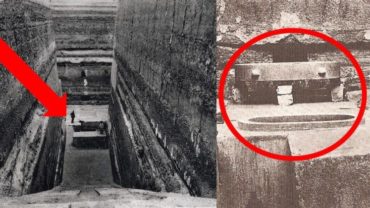The History of Aztec Empire Civilization: Its Rise and Fall
The Aztec empire was one of Central America’s best cultures and societies. The Aztecs were one of the two most well-known Mesoamerican cultures, along with the Mayans. But the people of Mexico still carry their lineage and culture. Here’s a quick look at the Aztec empire, from how it started to when it was strongest and how it eventually fell apart.
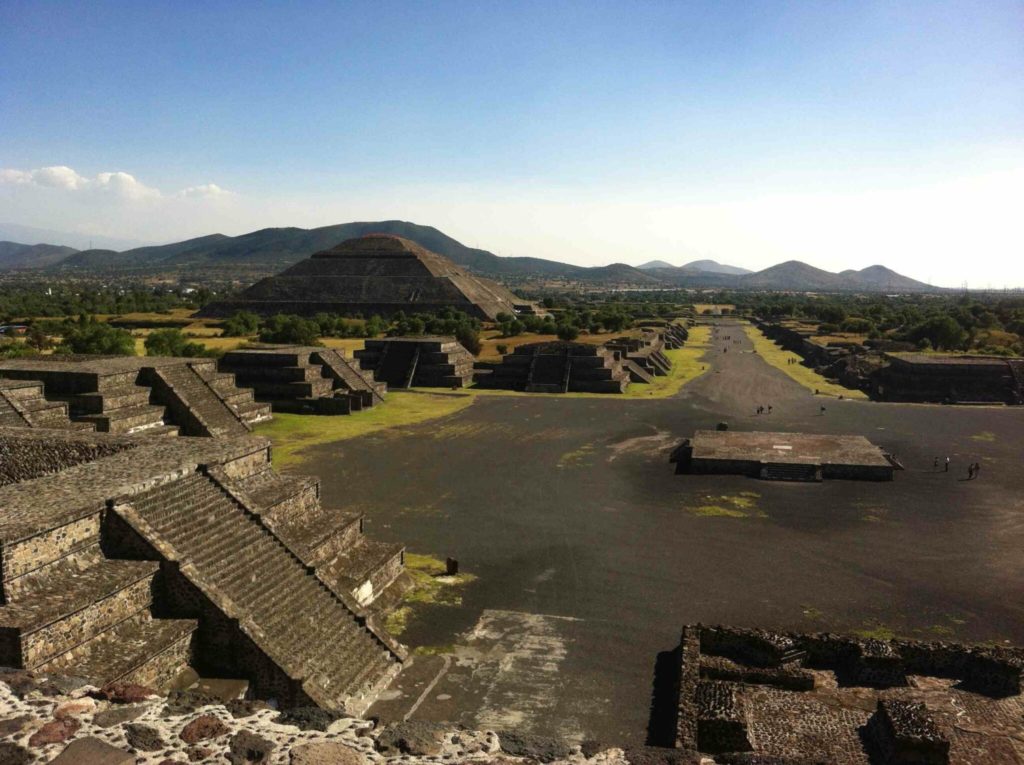
What were the Aztecs?
First, we should say that the Aztecs were not just one group of people or one country, as the name suggests. Instead, the word “Aztec” refers to a group who moved from northern Mexico to Central America and the Valley of Mexico in the 12th century AD.
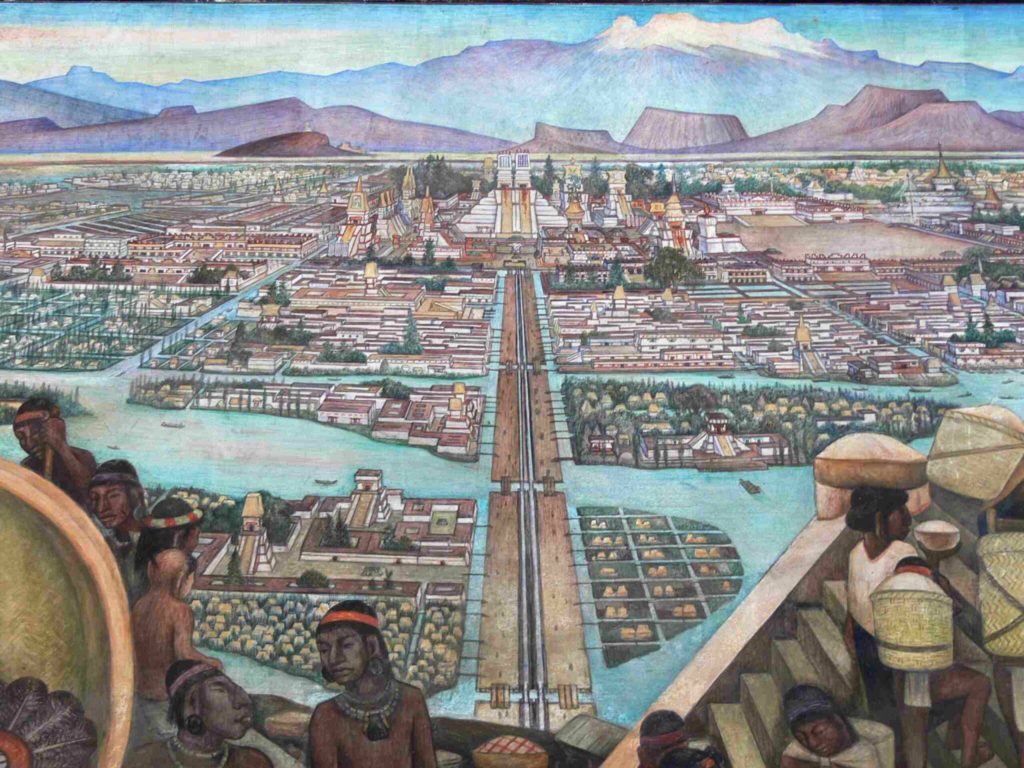
The Acolhua, Chichimecs, Mexica, and Tepanecs were the main tribes that made up the Aztecs. Even though these tribes were from different cultures, they all spoke Nahuatl. This allowed them to work together and make alliances as they conquered the different tribes of Central America.
What is exactly the Aztec Empire?
Considering all this, it’s correct to conclude that the Aztec empire wasn’t what most other civilizations think of when they hear the word empire. Unlike the empires of Asia, Europe, and Africa, and even the Mayan empire that came before them, the Aztec empire was made up of several client city-states that worked together in a way that changed all the time.
This explains why maps of the Aztec empire appear like someone spilled paint all over a map of Central America. This isn’t meant to take away from how big, well-built, and strong the empire is. The Aztecs moved through Mesoamerica like an unstoppable wave.
They took over huge swaths of land within and around the Valley of Mexico, including parts of what is now Guatemala. Historians use the term hegemonic military confederation to describe the Aztec empire. The empire consisted of different Aztec tribes that started and ran their cities.
The Aztec civilization’s Triple Alliance
Tenochtitlan, Tlacopan, and Texcoco were the three most important city-states during the empire’s height. Because of this, the group was also known as The Triple Alliance. But for most of the empire’s life, Tenochtitlan was far and away the strongest military power in the area, doing it the de facto city of the confederation.
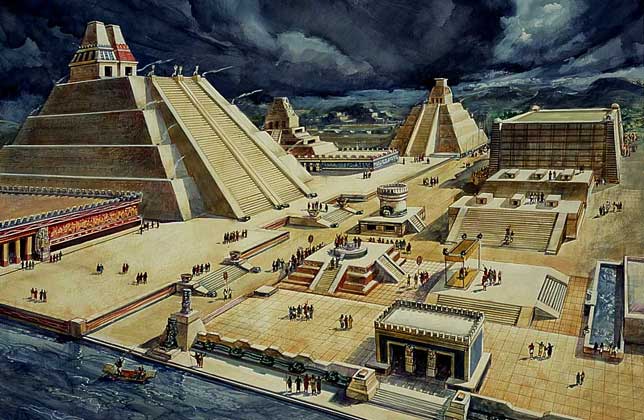
Several other cities also joined the Triple Alliance. Those are the cities that the Aztec confederation took over. Unlike most other empires, the Triple Alliance usually didn’t stay in the lands they took over or rule over the people who lived there.
Instead, when the confederation took over a city-state, it usually put in place puppet rulers or even brought back the old rulers as long as they bowed to the Triple Alliance. All a conquered country had to do was agree to be a confederation member, send military help when asked, and pay a tax or tribute every two years to the three capitals of the alliance.
So, the Aztec empire could quickly take over the whole area without killing, moving, or settling over too many people living there. So, even though the empire was called Aztec and the primary language was Nahuatl, the dozens of various ethnic groups and languages it had conquered were still there and respected.
After the fall of the Aztec Empire
The end of the Aztec empire did not mean the end of the people and culture of the Aztecs. As the Spanish took over the Triple Alliance’s various city-states and Mesoamerica’s relaxation, they usually left their rulers in charge or put new native rulers in their place.
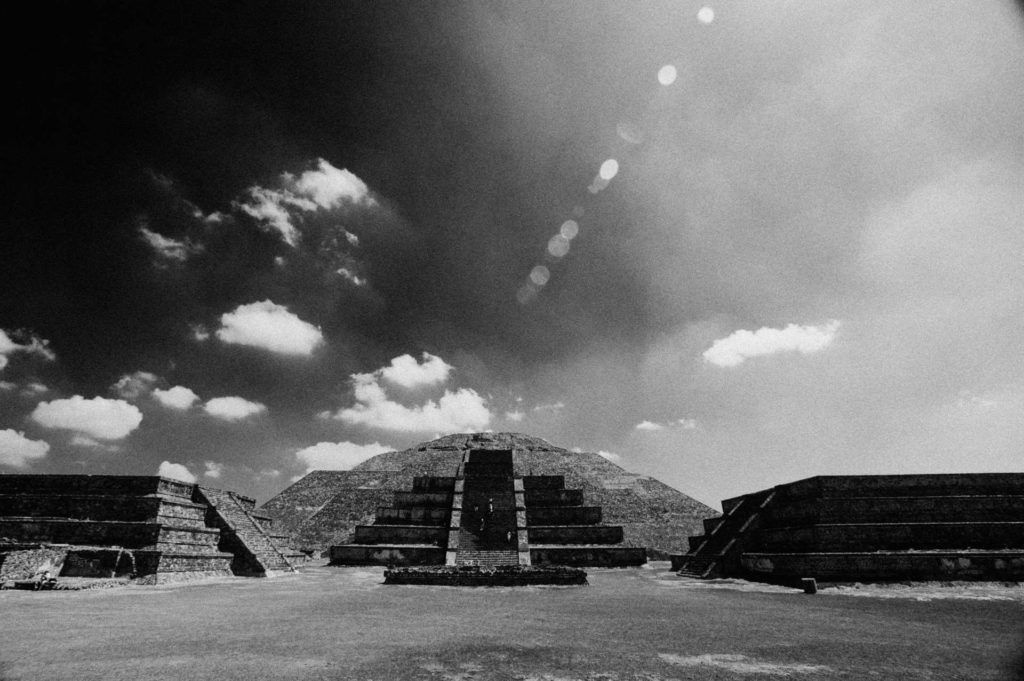
This is comparable to what the Aztec empire or confederation did: they let cities and towns exist as long as their leaders swore allegiance to New Spain. The Spanish, on the other hand, were more hands-on than the Triple Alliance.
In addition to taking a lot of money and resources from their new subjects, they also tried to convert them. People, especially those in power, were expected to become Christians, and most of them did. Whether or not they believed in Christianity is a separate topic.
Even so, there were still some natives who believed in many gods, but Catholicism quickly became the most popular religion in Mesoamerica. The same was true for the Spanish language, which eventually took the place of Nahuatl and other native languages to become the common language of the area.
Most notably, the Spanish conquistadors completely changed the way people in Mesoamerica lived, worked, lived together, and did things. Whereas the Aztec empire let the people it conquered keep living as they had before, the Spanish changed almost every aspect of their daily lives.
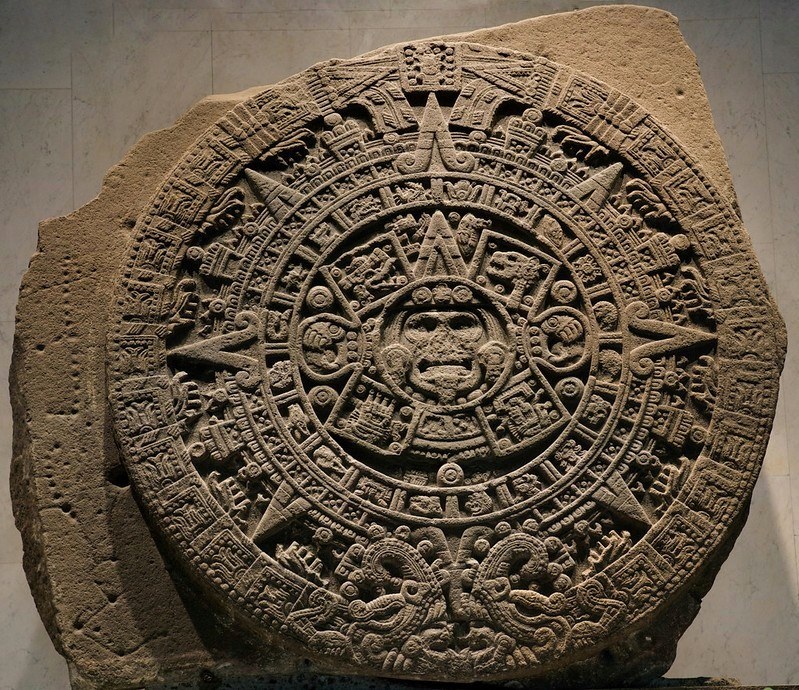
Even the fact that steel and horses were introduced was a big change, as were the new ways of farming, running the government, and getting jobs. Still, many cultural and old ways of doing things stayed hidden. Even today, many of Mexico’s customs and traditions can be traced back to the religion and culture of the Aztec people.
Aztec inventions
Many of the things the Aztecs made and found still have an effect today.
● Chocolate: The Mayans and the Aztecs put a lot of value on the cacao bean, which is how it got to the rest of the world. The Aztecs were using cacao to start making chocolate, a bitter drink. It used to be made with chilies, cornflowers, and water, but the Spanish brought sugar to improve it. Chocolate comes from the word xocolatl.
● Calendar: The Aztecs had a 260-day ritual cycle called tonalpohualli and a 365-day calendar cycle called xiuhpohualli. This second calendar is a lot like the Gregorian calendar we use now.
● Mandatory Education for Everyone: The Aztec empire believed that everyone, no matter their age, social status, or gender, had to go to school. Even though children learned at home first, from ages 12 to 15, they all had to go to school. Girls usually stopped attending school at age 15, but boys kept going for another five years.
● Pulque: An alcoholic beverage derived from the agave plant, originates from ancient Aztec times. Pulque was among the most popular alcoholic drinks in Mesoamerica. It had a milky look and a bitter, yeasty taste. When Europeans came, they brought other drinks like beer, which had become more popular.
● Herbalism: The Aztecs used plants and trees to treat various illnesses, and their doctors (tictil) were very knowledgeable herbalists. Even though many of their cures seem strange to us now, some have been proven to work by science.
● Red Dye: The Aztecs used the cochineal beetle to make bright, rich reds that they used to dye their clothes. The dye was very valuable and hard to make because it took over 70,000 beetles to make just one pound (about 80,000 to 100,000 for every kilo). Later, the dye made its way to Europe, where it was very popular until it was replaced by dyes made from chemicals.

